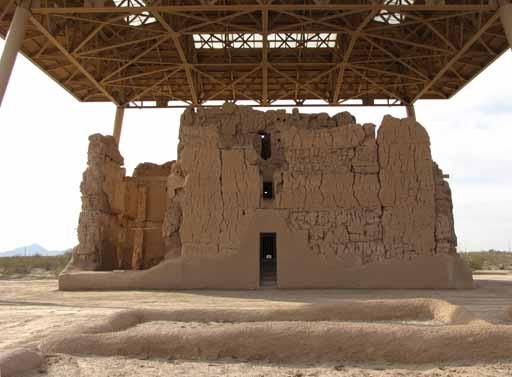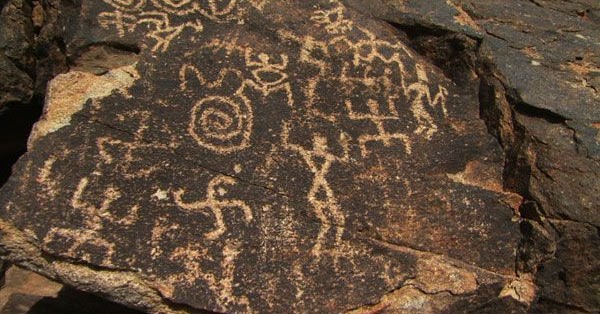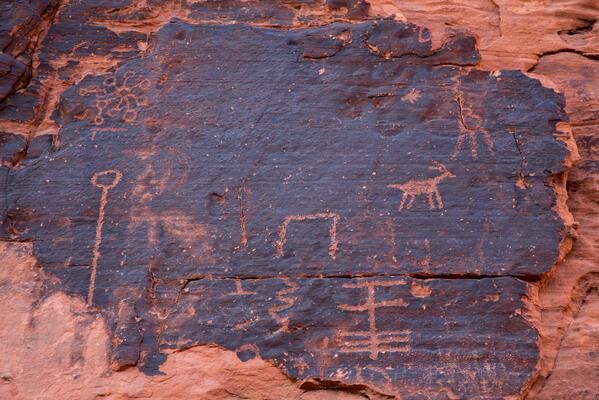
Traditionally, women did most of the farming, but as hunting diminished in importance, men also became responsible for agricultural work. Among the western Puebloans, especially the Hopi, farming was less reliable because there were few permanent water sources. Along the Rio Grande and its tributaries, corn (maize) and cotton were cultivated in irrigated fields in river bottoms. Traditionally, Pueblo peoples were farmers, with the types of farming and associated traditions of property ownership varying among the groups. Those societies were centred in the kivas, subterranean ceremonial chambers that also functioned as private clubs and lounging rooms for men. Traditional social and religious practices are fairly well understood for the western Pueblo peoples because distance and the rugged landscape.Įach of the 70 or more Pueblo villages extant before Spanish colonization was politically autonomous, governed by a council composed of the heads of religious societies. The exception is the village of Hano, composed of Tewa refugees from the Rio Grande. Of the western Pueblo peoples, Acoma and Laguna speak Keresan the Zuni speak Zuni, a language of Penutian affiliation and the Hopi, with one exception, speak Hopi, a Uto-Aztecan language. The western Pueblo villages include the Hopi villages of northern Arizona and the Zuni, Acoma, and Laguna villages, all in western New Mexico. Tanoan languages such as Tewa are distantly related to Uto-Aztecan, but Keresan has no known affinities. The eastern Pueblo villages are in New Mexico along the Rio Grande and comprise groups who speak Tanoan and Keresan languages. Contemporary Puebloans are customarily described as belonging to either the eastern or the western division.

Just as there was considerable regional diversity among the Ancestral Puebloans, there is similar diversity, both cultural and linguistic, among the contemporary Pueblo peoples. Pueblo peoples are thought to be the descendants of the prehistoric Ancestral Pueblo (Anasazi) culture. Early 21st-century population estimates indicated approximately 75,000 individuals of Pueblo descent. Representative of the Southwest Indian culture area, most live in northeastern Arizona and northwestern New Mexico. Pueblo Indians, North American Indian peoples known for living in compact permanent settlements known as pueblos.

#HOHOKAM INDIANS HOW TO#

From tech to household and wellness products. This Time in History In these videos, find out what happened this month (or any month!) in history.#WTFact Videos In #WTFact Britannica shares some of the most bizarre facts we can find.Demystified Videos In Demystified, Britannica has all the answers to your burning questions.Britannica Explains In these videos, Britannica explains a variety of topics and answers frequently asked questions.Britannica Classics Check out these retro videos from Encyclopedia Britannica’s archives.


 0 kommentar(er)
0 kommentar(er)
